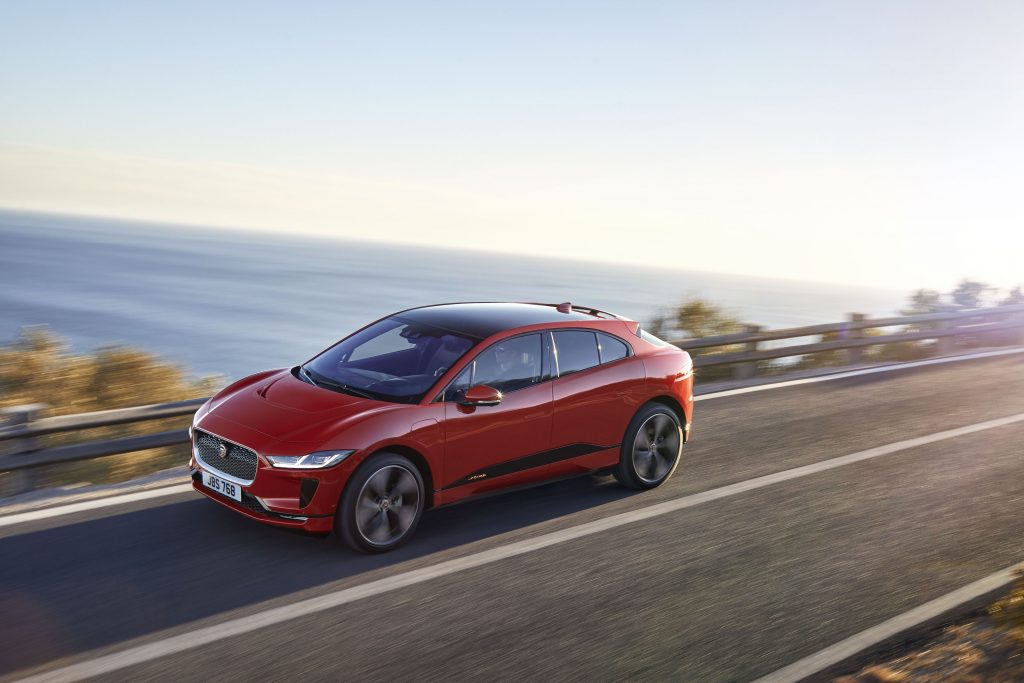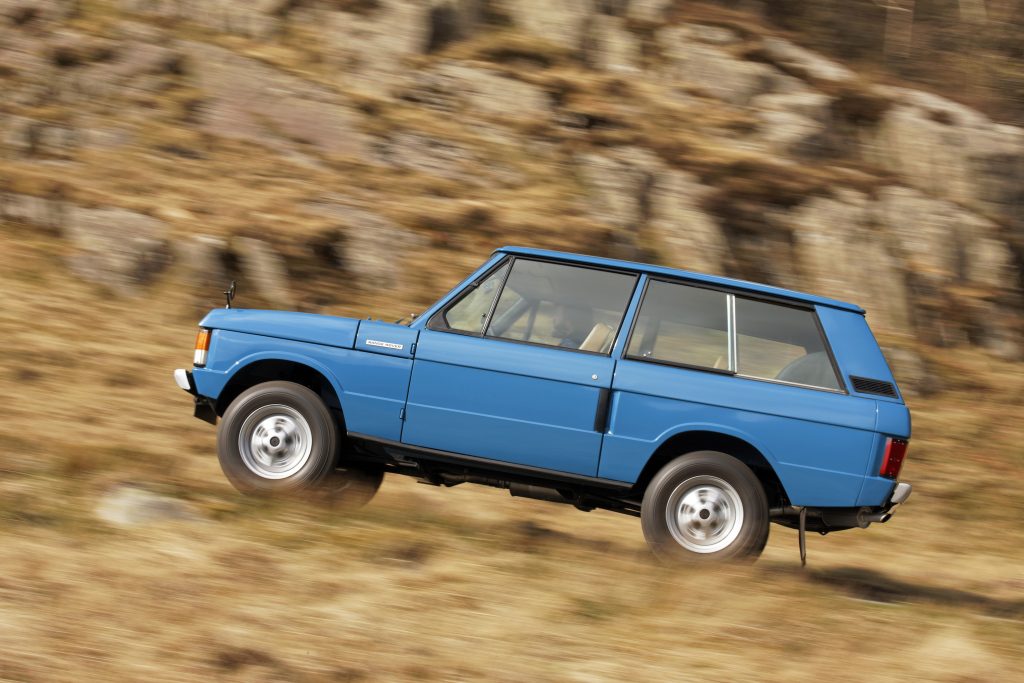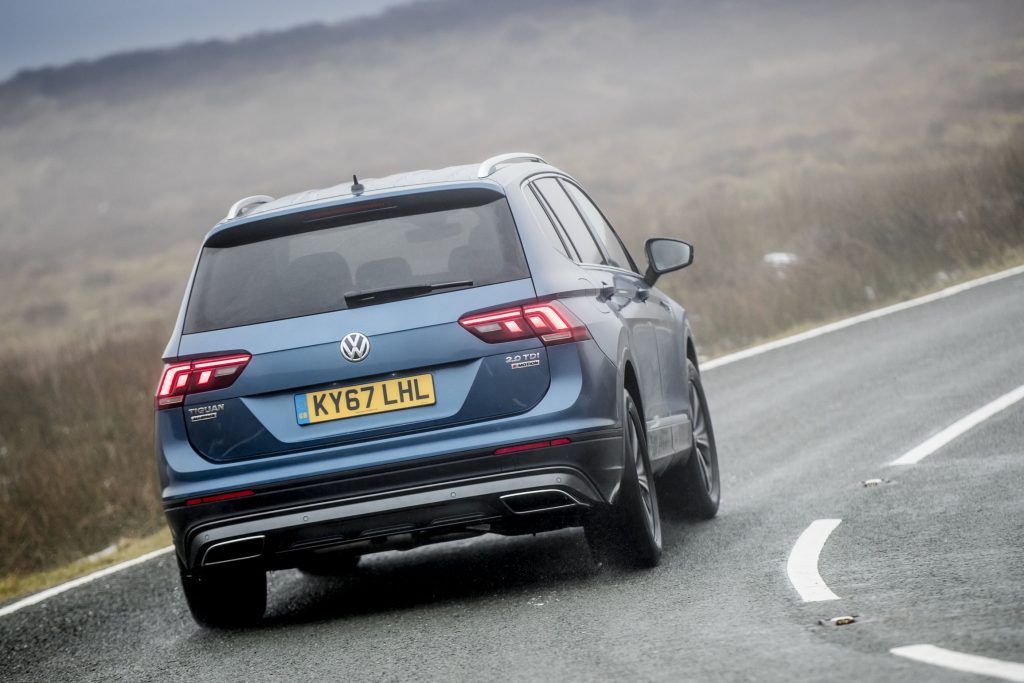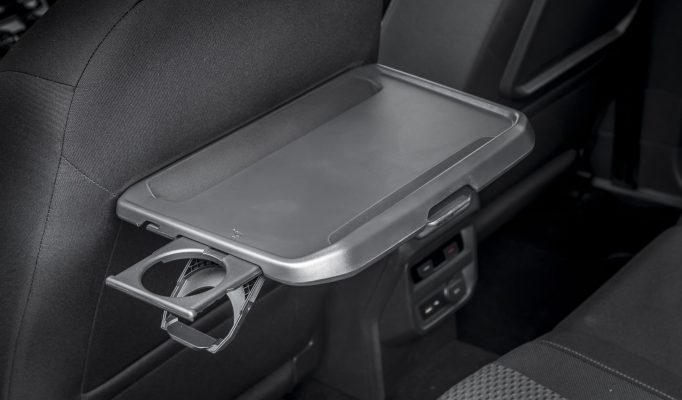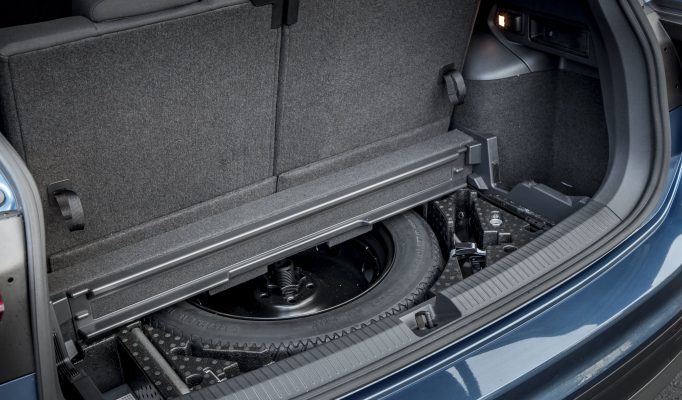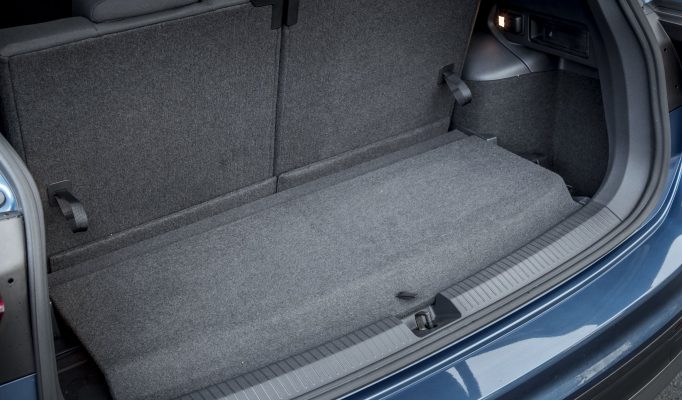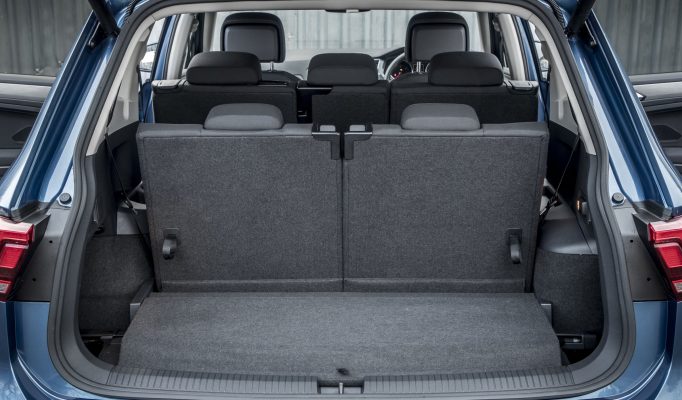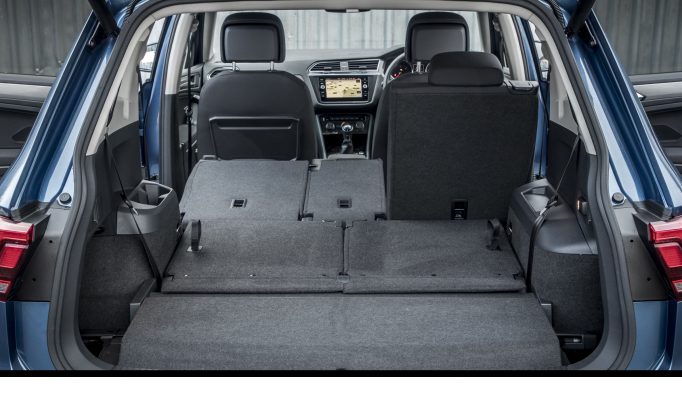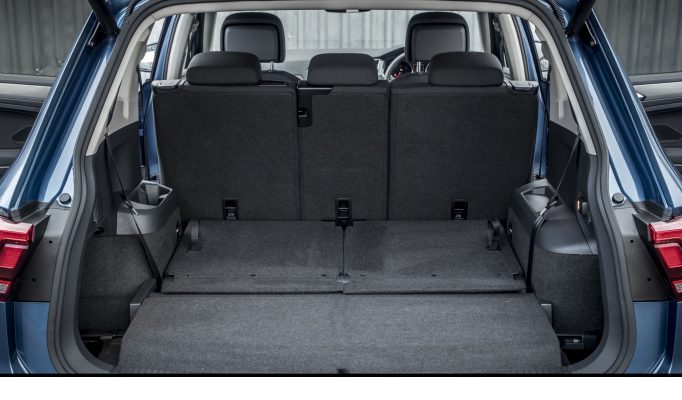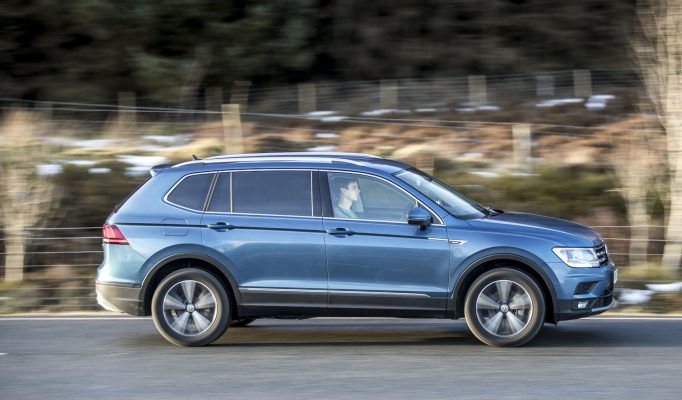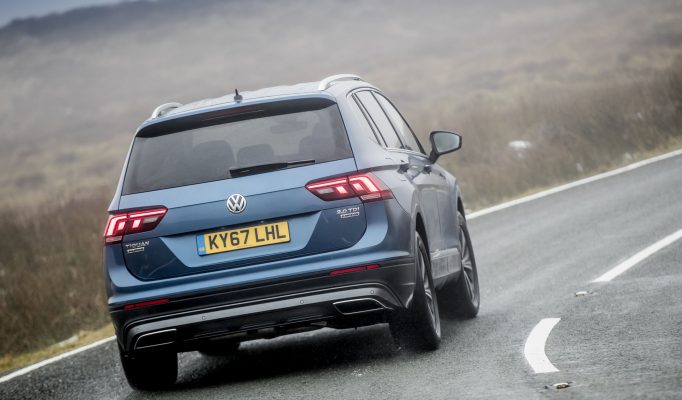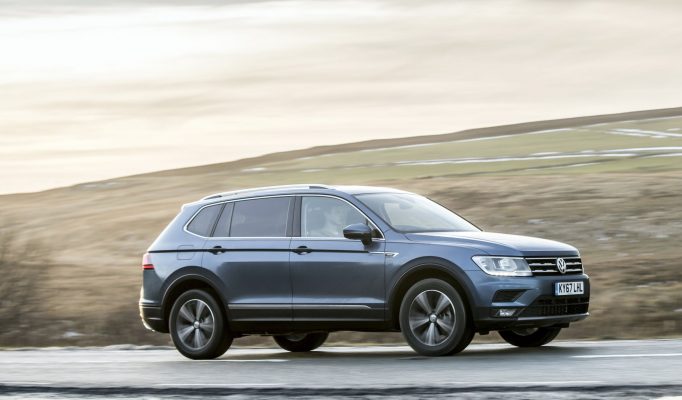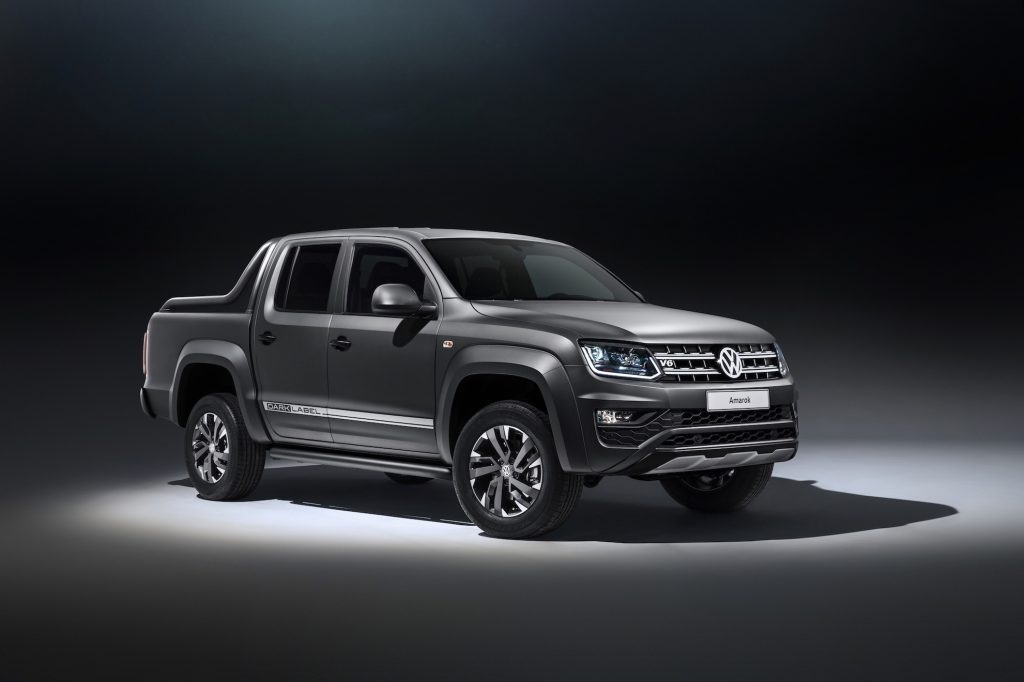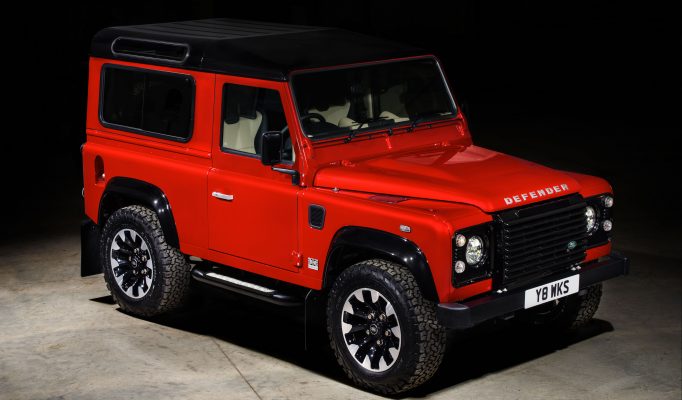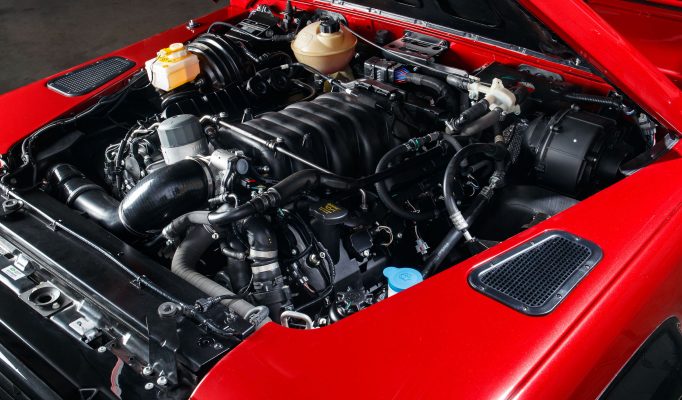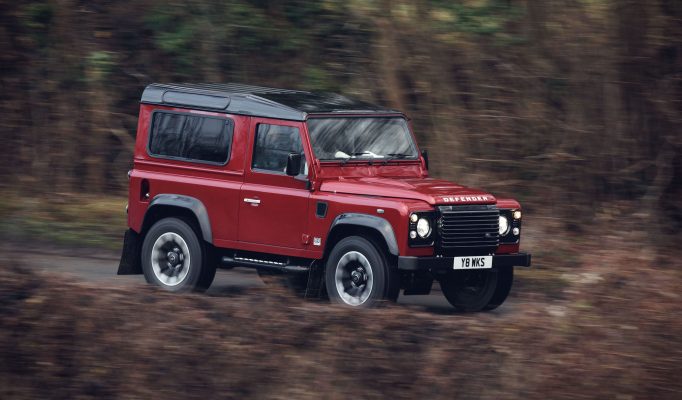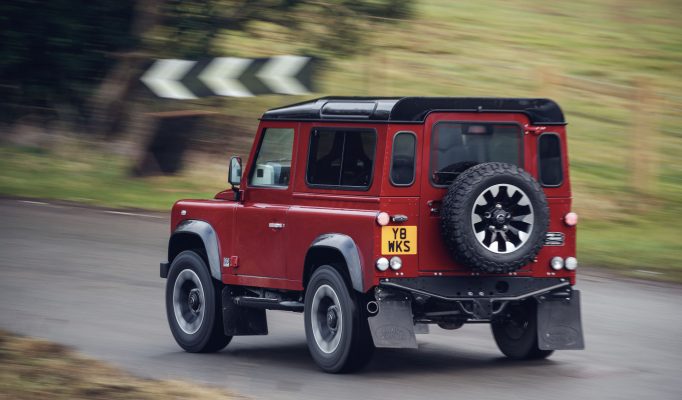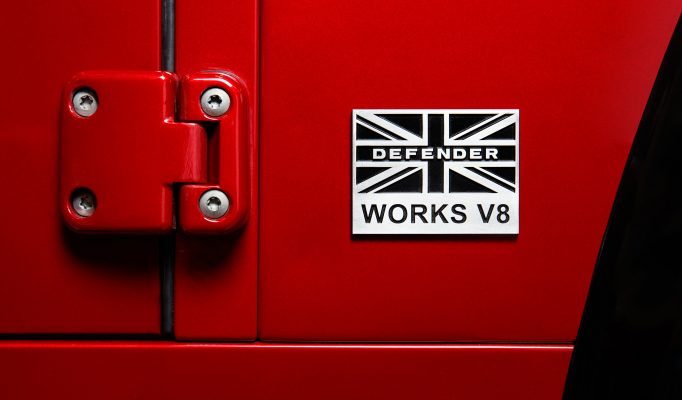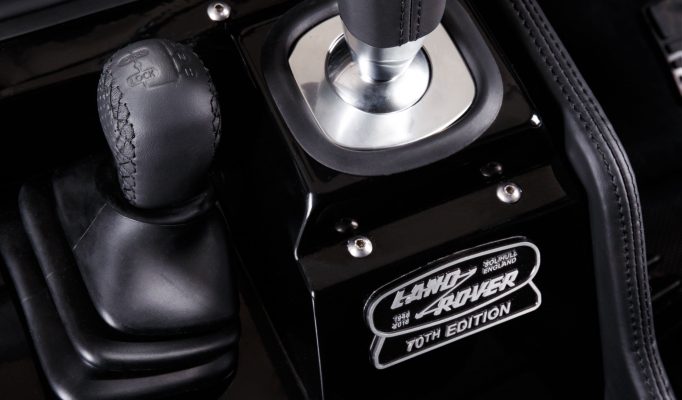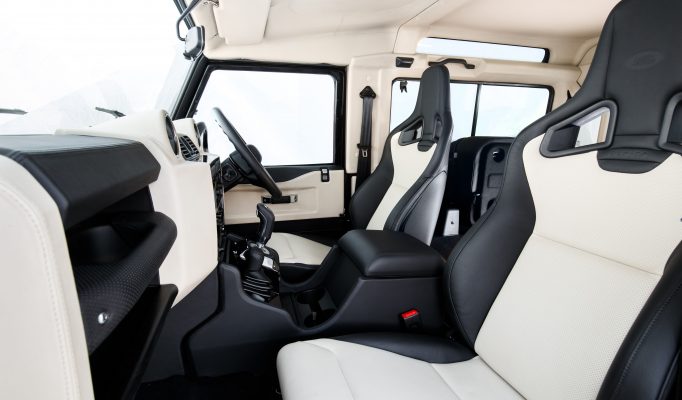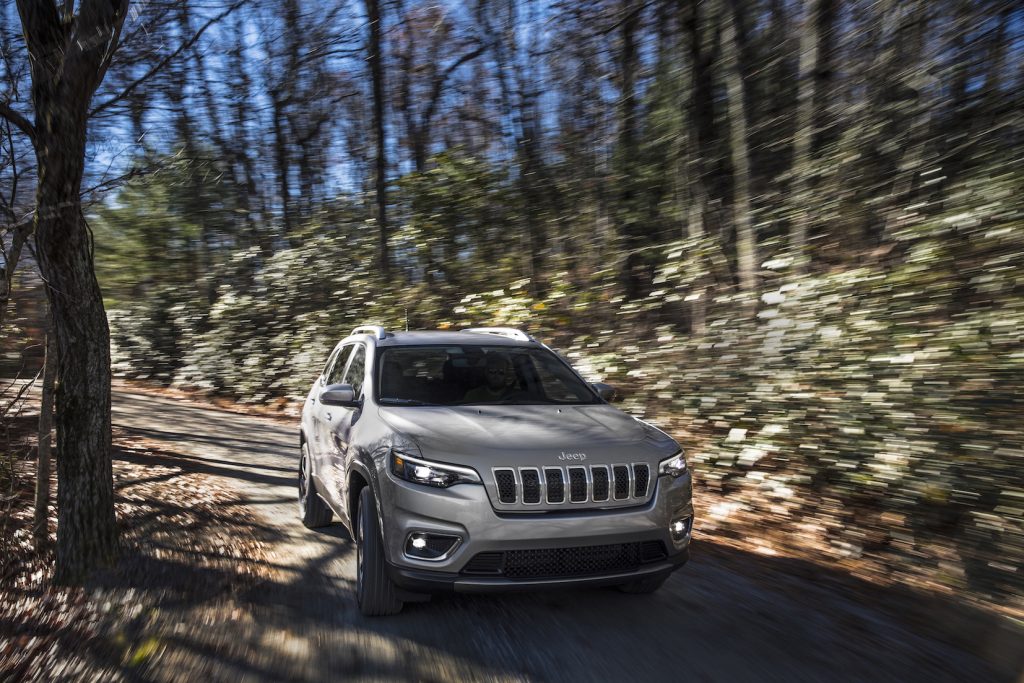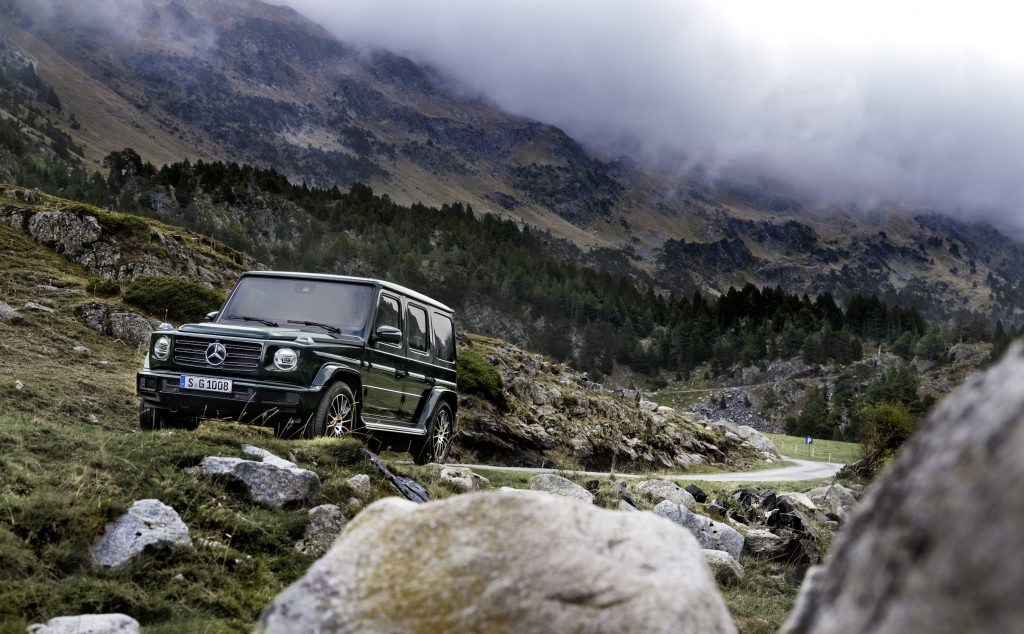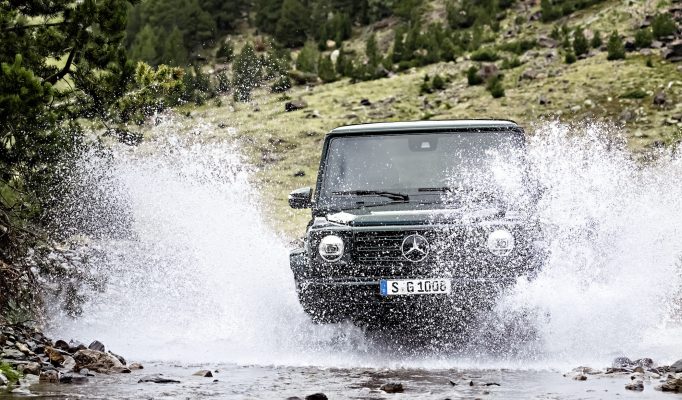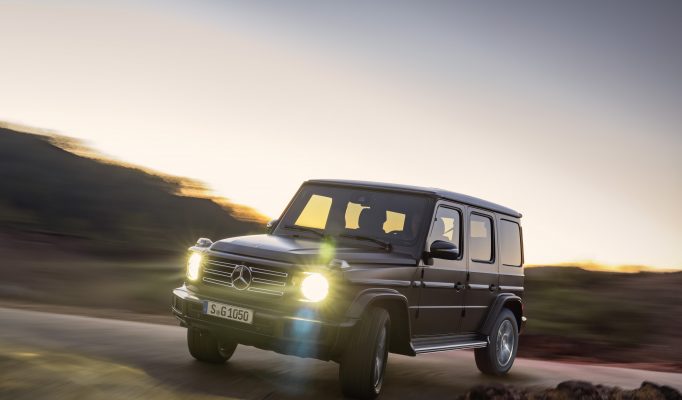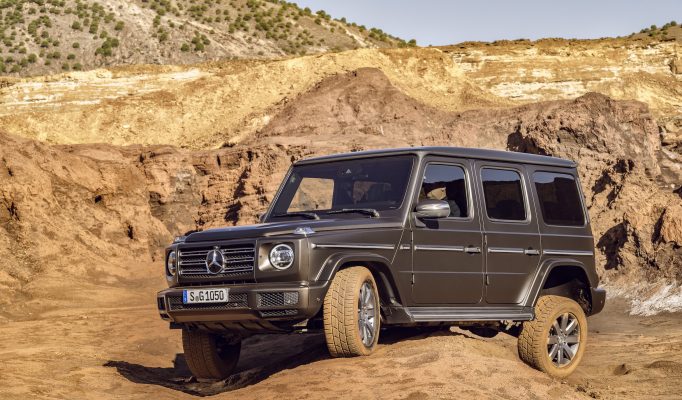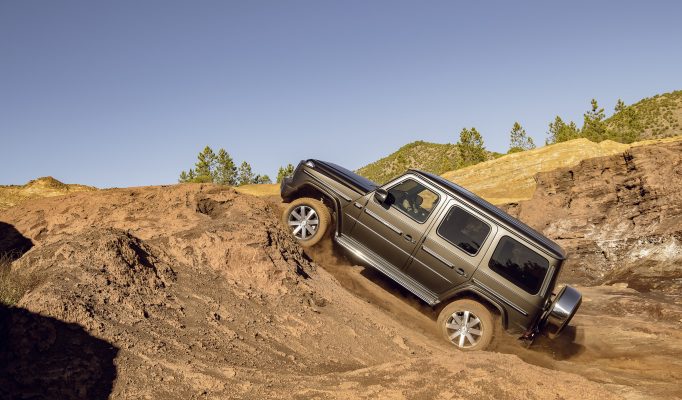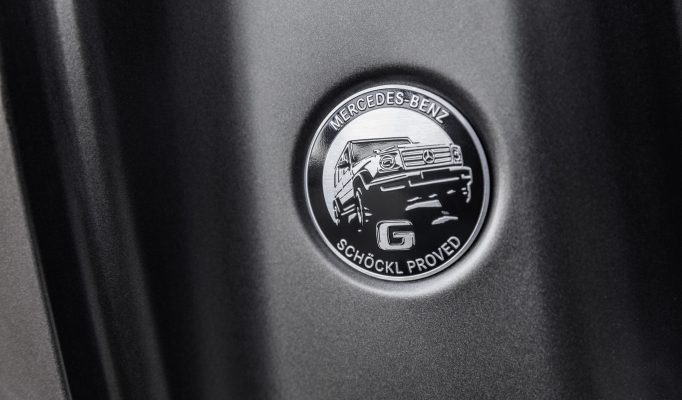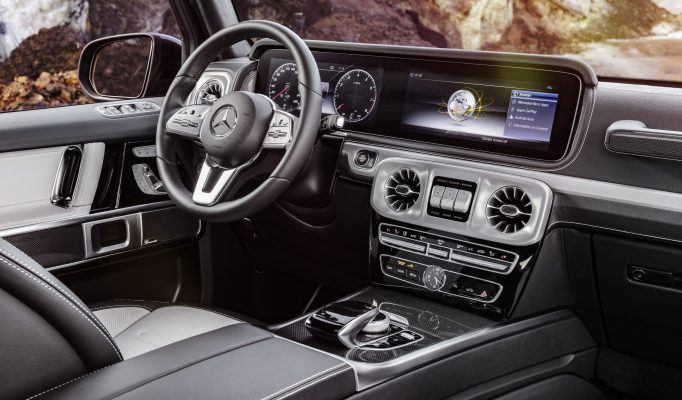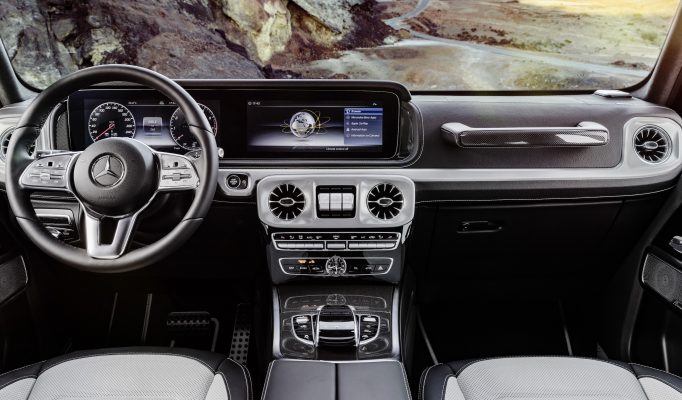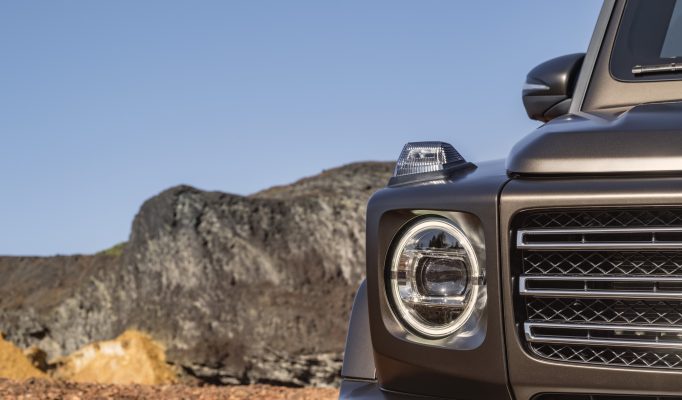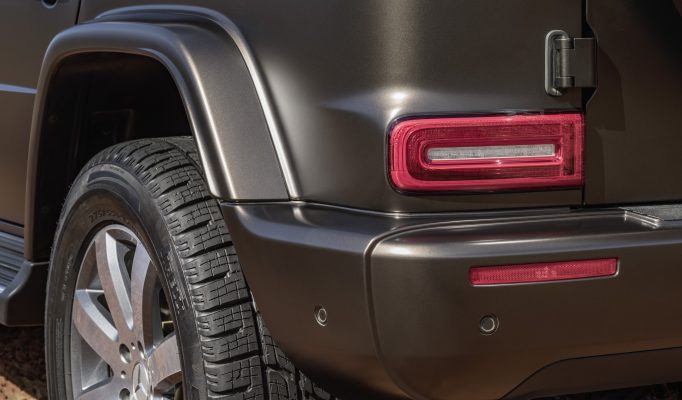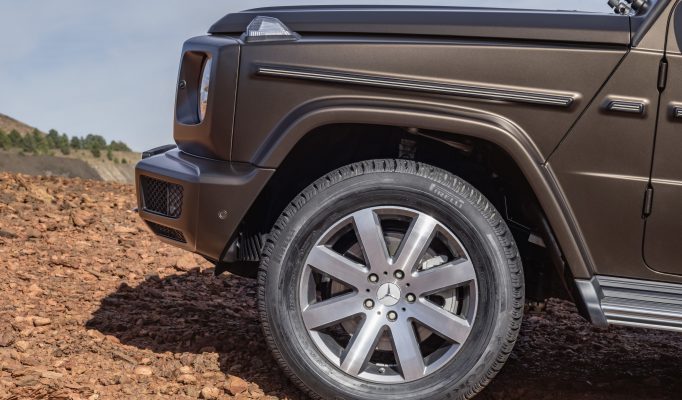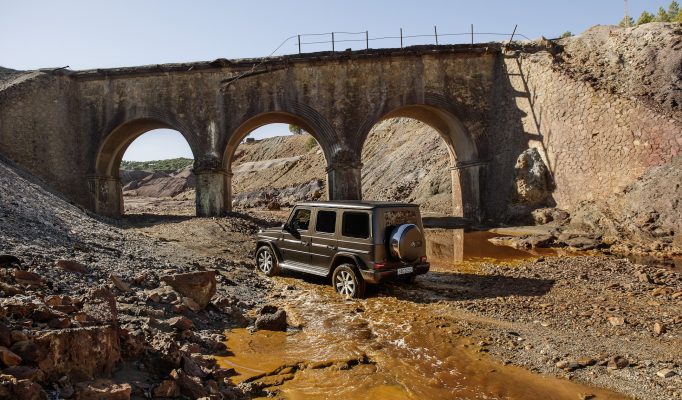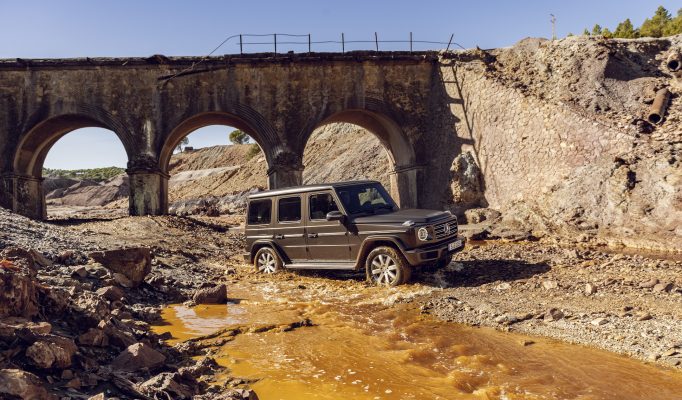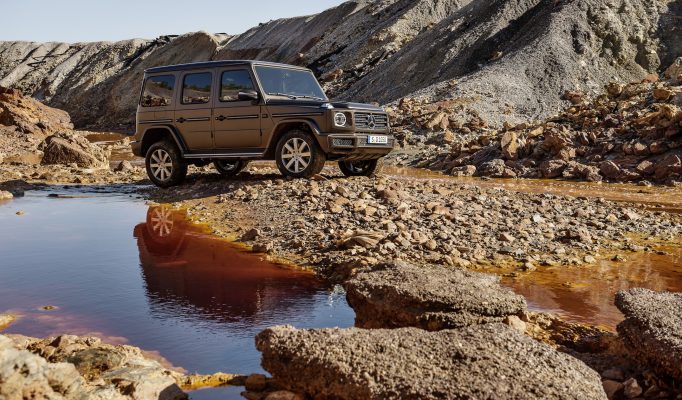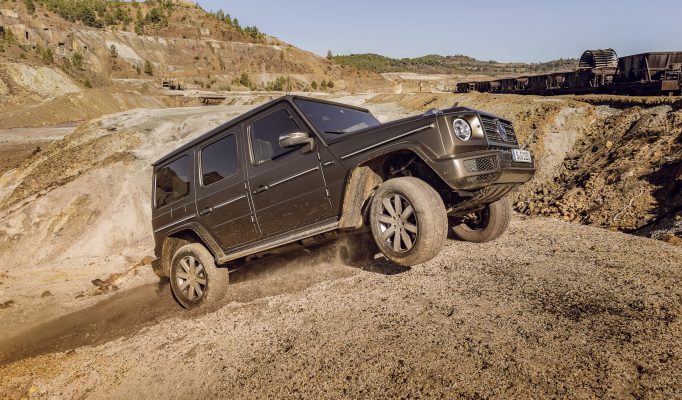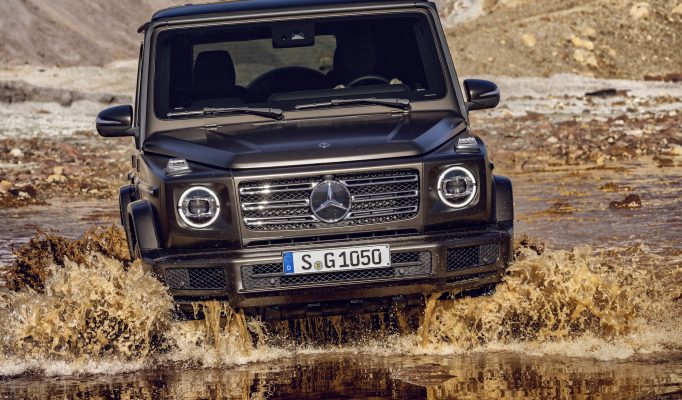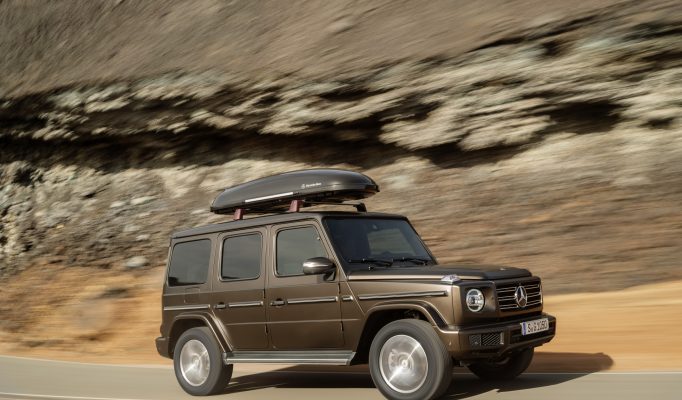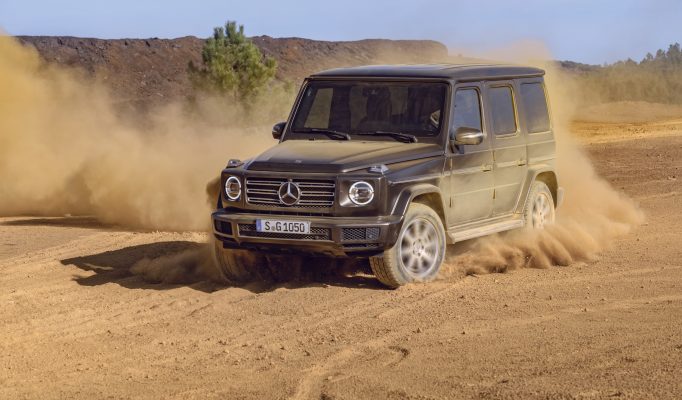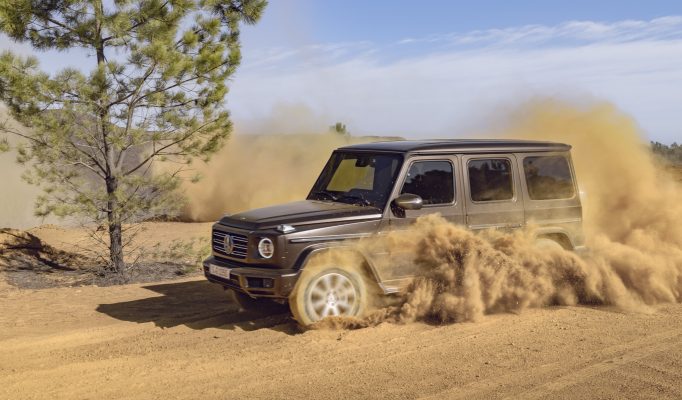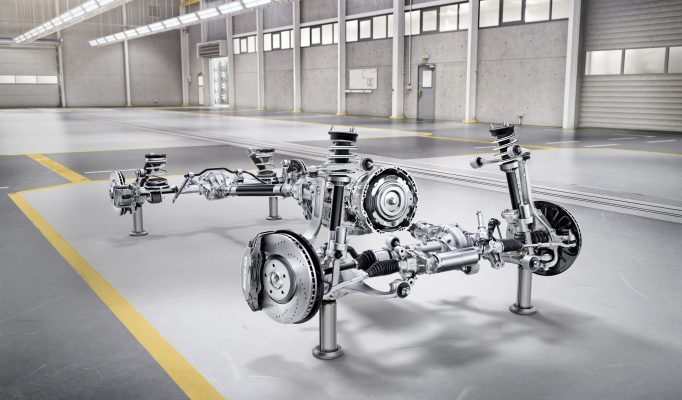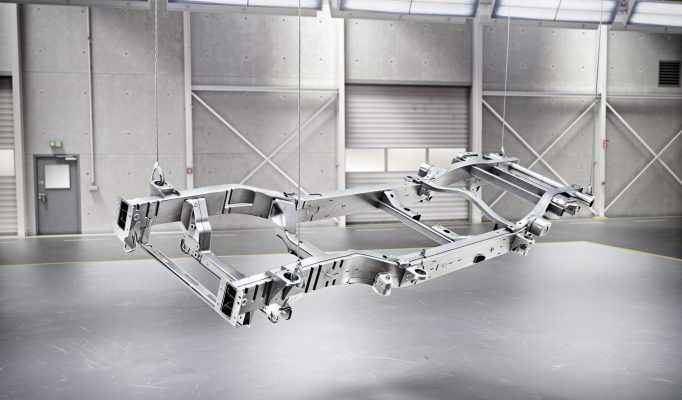
Despite the fact the Mecca of motoring doesn’t start until next week, manufacturers have been teasing a mix of pictures, specs and new releases already. Here’s a list of what to look out for.
Honda
Honda will reveal the European spec of the next-gen CR-V in Switzerland, with styling updates accompanying optional sixth and seventh seats and a hybrid powertrain on the new model. Oh, and four-wheel drive variants with both petrol and hybrid drivetrains.
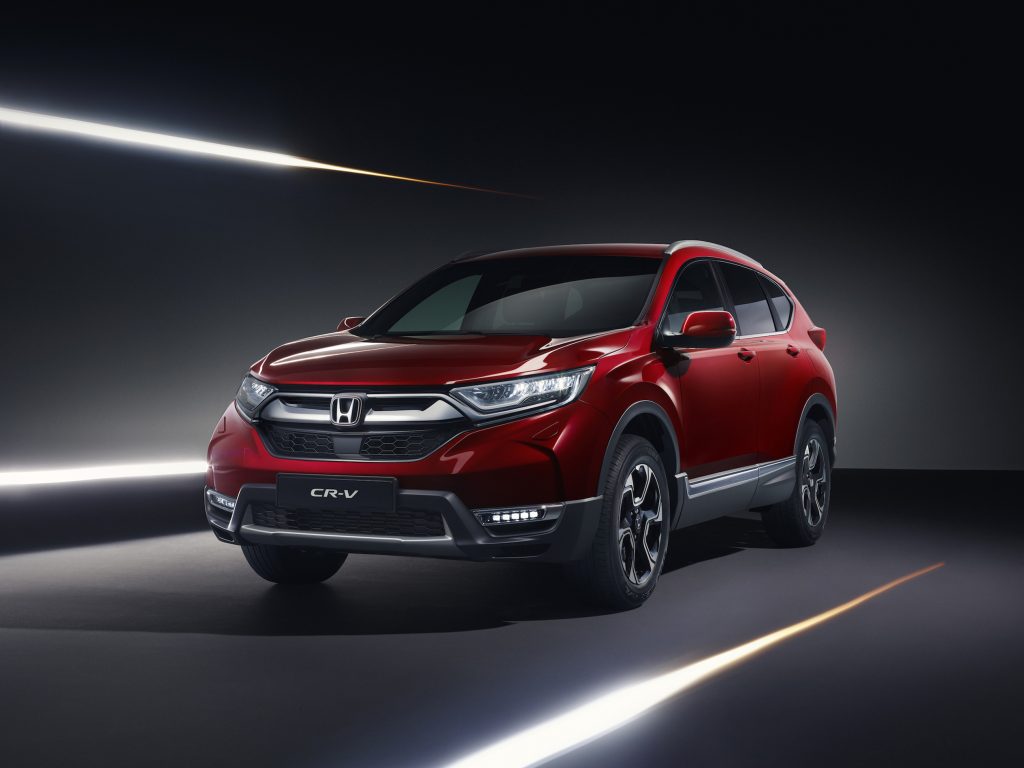 The first deliveries are expected in autumn this year, with hybrids coming next year.
The first deliveries are expected in autumn this year, with hybrids coming next year.
Jaguar
The I-Pace will get it’s full public unveiling next week in Geneva, but there will be an online reveal before then.
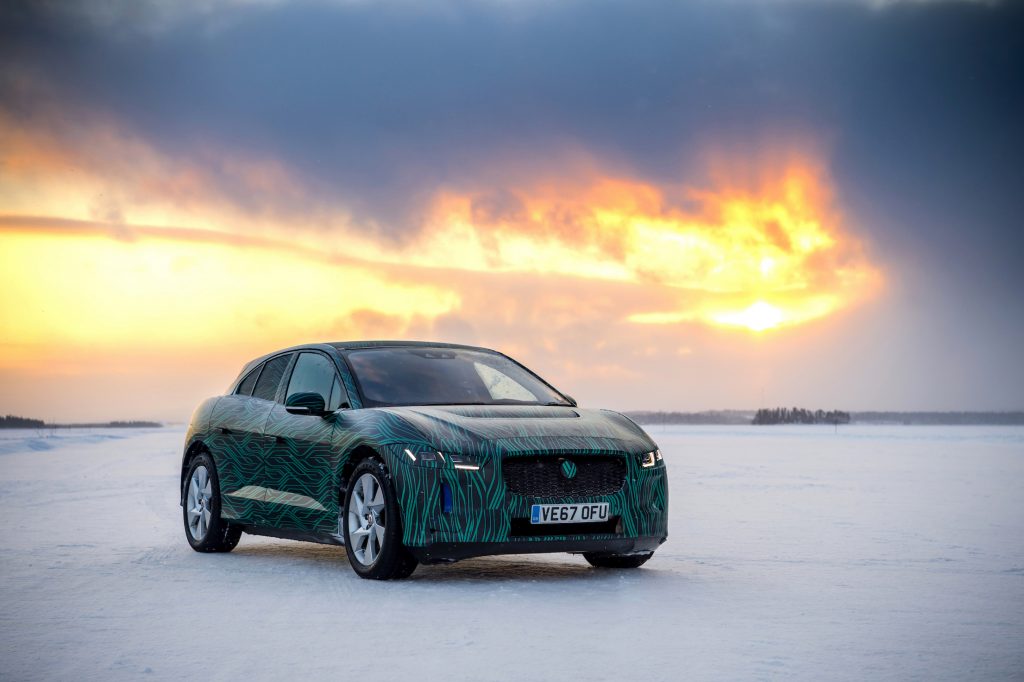 Tomorrow night the electric SUV will be uncovered live on the internet at 6pm. Jaguar say that the battery on the five seat SUV will charge from empty to 80% in 85 minutes, and full pricing and specifications are to be announced after the curtain drops.
Tomorrow night the electric SUV will be uncovered live on the internet at 6pm. Jaguar say that the battery on the five seat SUV will charge from empty to 80% in 85 minutes, and full pricing and specifications are to be announced after the curtain drops.
Jeep
There will be three debutants from Jeep at this year’s show, with the Grand Cherokee Trackhawk, the 2019 Cherokee and the most anticipated new model in the off-roading sphere, the fourth-gen Wrangler appearing in Europe for the first time.
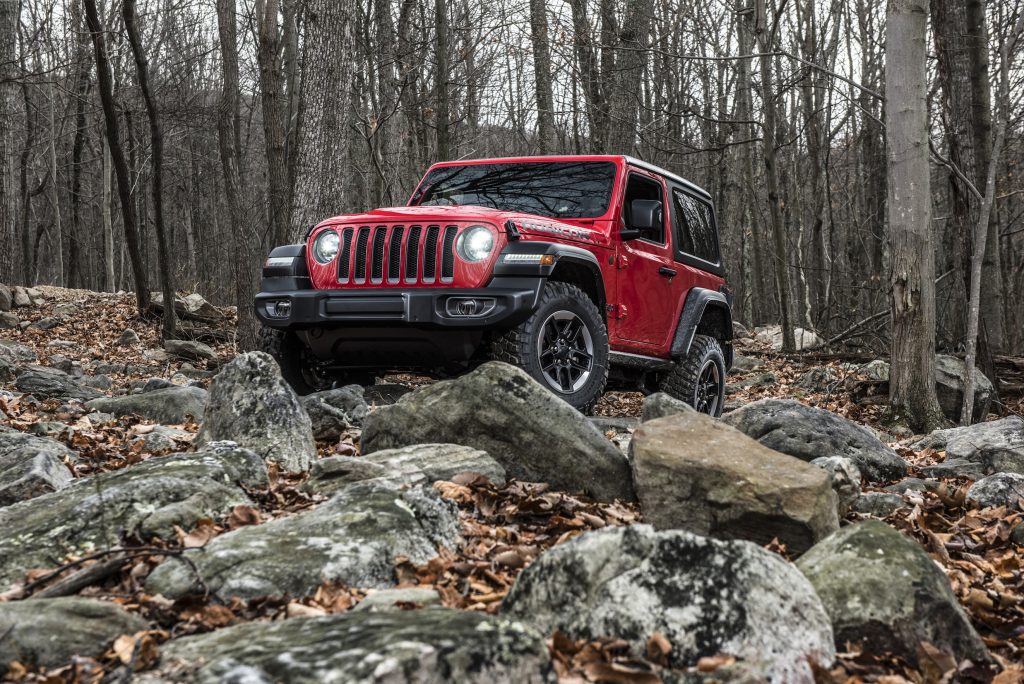
Joining the new releases on their stand will be a Night Eagle special edition of the latest Compass and four Mopar kitted Jeeps, showing off the accessory brand’s latest ranges.
Land Rover
Land Rover have teased a limited run two-door Range Rover, harking back to the Classic. We know very little thus far, except that it’s a full-fat Range Rover minus the back doors, there will only be 999 of them and the interior looks funky.
The full reveal will be at the show on the 6th March.
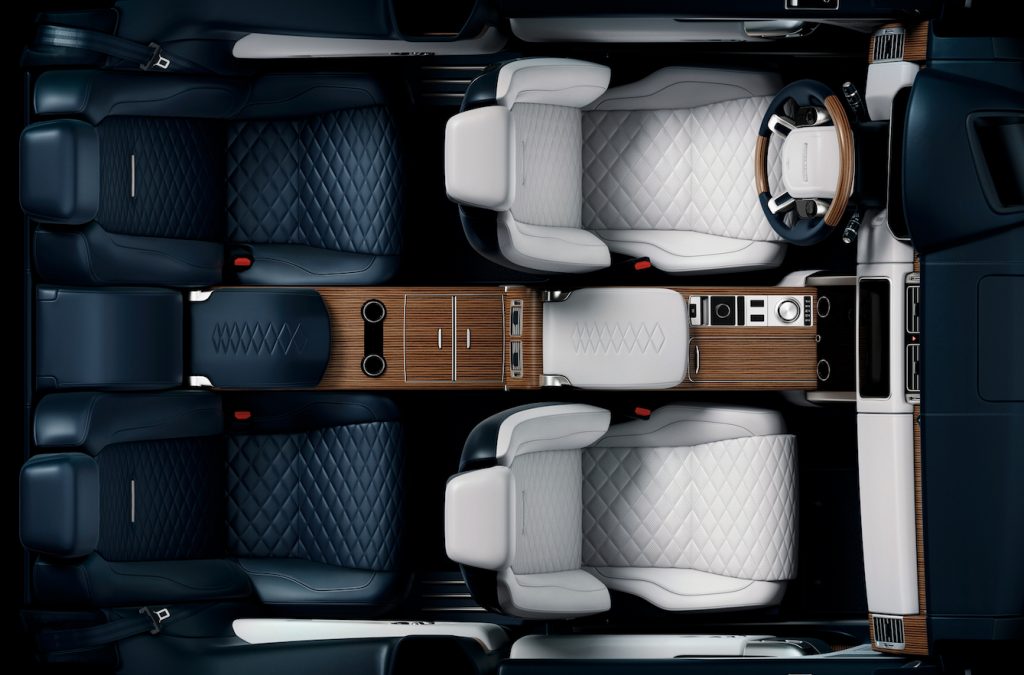
Mitsubishi
Geneva will see two model debuts from Mitsubishi – the e-Evolution concept and the 2019 Outlander PHEV.
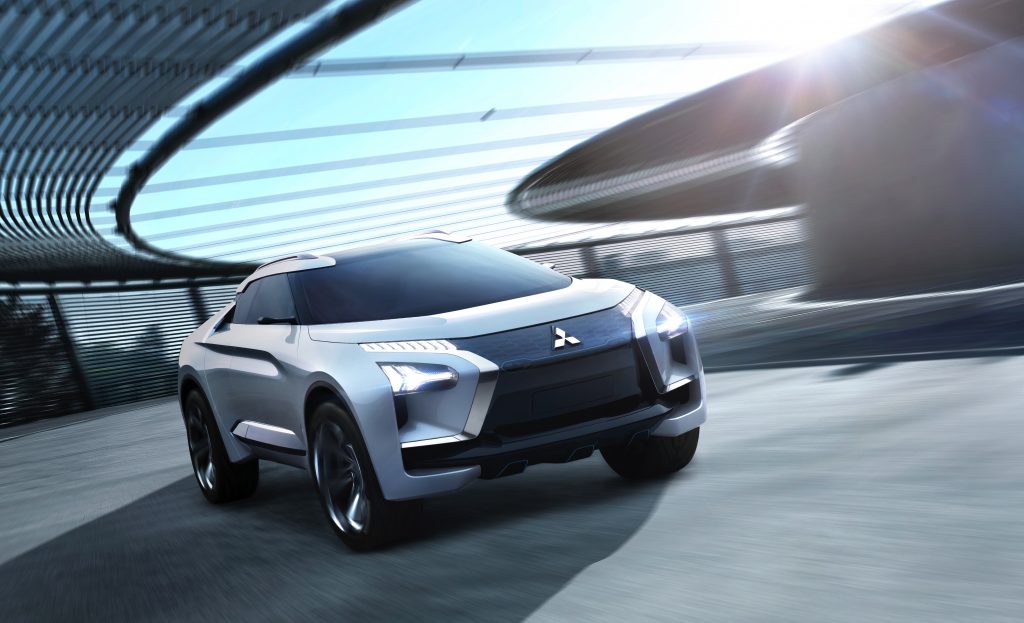
The all electric e-Evolution will be making its European debut at the show. The EV shows the ‘strategic directions’ of the Mitsubishi brand, combining a sharp exterior with an under-floor triple battery system. One battery drives the front axle, whilst to share responsibilities at the back, and this is paired with Mitsubishi’s all-wheel drive management setup.
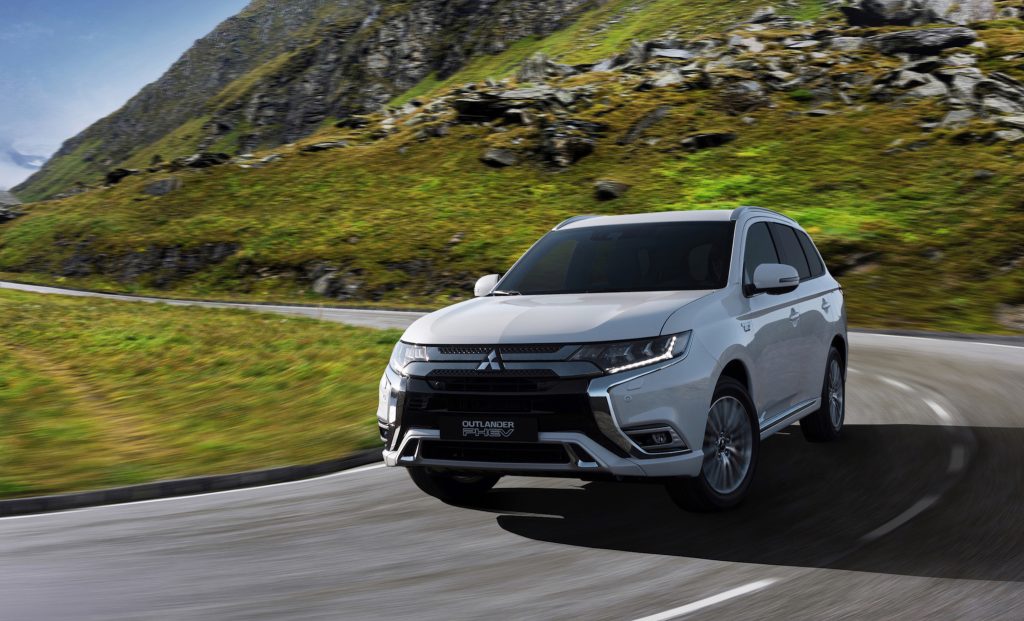
A global debut awaits the 2019 Outlander PHEV at Geneva. The second-generation hybrid SUV has had its drivetrain redesigned, with the previous 2.0-litre petrol engine being upgraded to 2.4-litres. The outputs of the generator, rear motor, and the drive battery will be 10% higher than the current PHEV, whilst the drive battery’s capacity will be upped by 15%.
The Outlander’s 4WD system will also be getting more modes, including sport and snow settings.
Click here to visit Mitsubishi’s dedicated Geneva Motor Show website.
Skoda
Skoda have announced that they will reveal several model updates at Geneva, including the latest L&K and their latest concept.
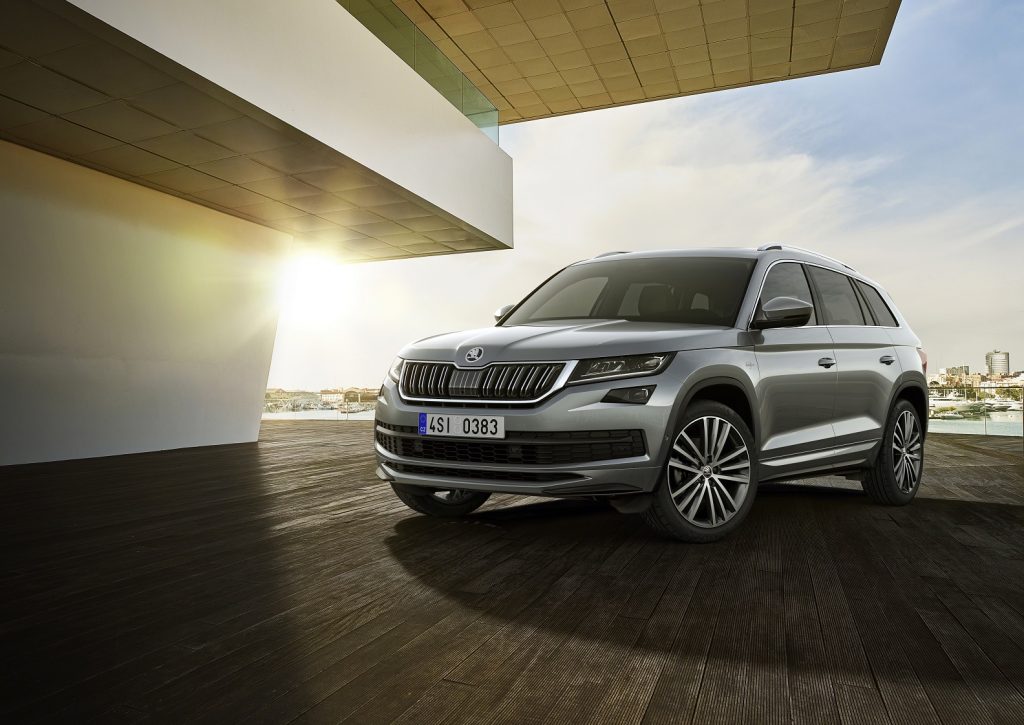
The Kodiaq L&K will make its debut in the metal in Switzerland, as the SUV receives the top-spec treatment. A digital instrument panel will also be added to the Kodiaq lineup.
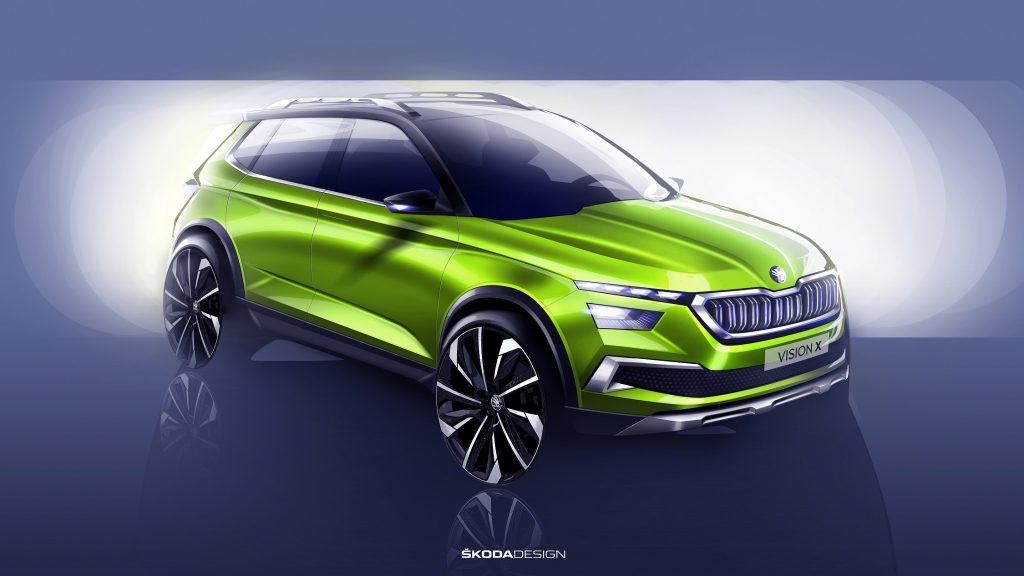
The Vision X concept looks forward to the future of the Skoda SUV family. The hybrid, ‘emotionally rich study’ operates a large touchscreen display and champions infotainment and connectivity. The powertrain in the Vision X is a four-cylinder turbo unit that runs on compressed natural gas and is enhanced by an electric motor.
SsangYong
SsangYong are doing well at the moment, and fresh from winning our 4×4 Of The Year Award with the Rexton, they’ve got a couple of reveals lined up for Geneva.
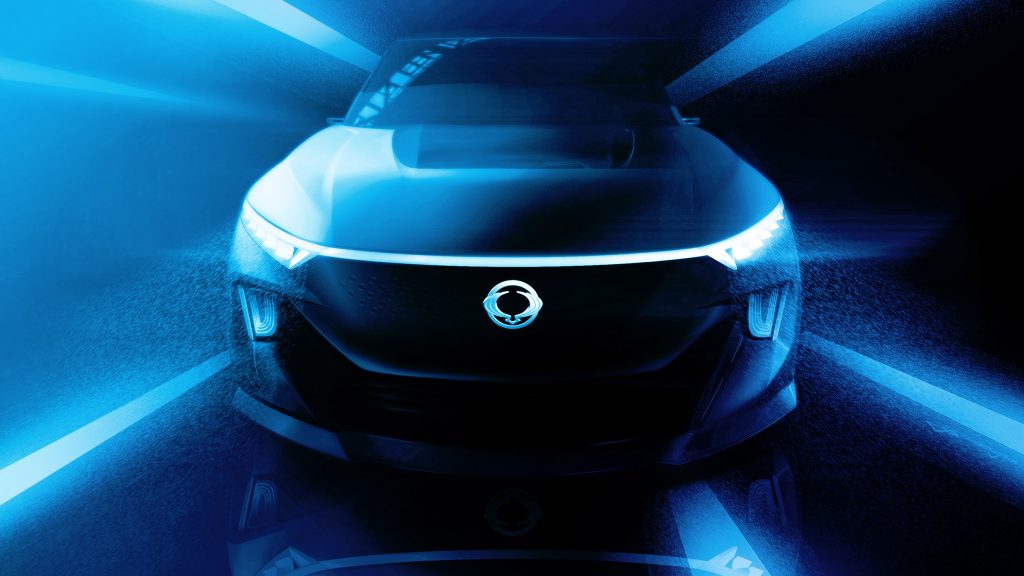
A new Musso will be revealed for the first time in Europe, alongside an electric offering. The e-SIV (which stands for electronic smart interface vehicle) is a concept SUV geared towards connectivity and autonomous driving, and has a slated range of 450km and can charge up to 80% in 50 minutes.
With more reveals certain over the duration of the show, we’ll keep you updated with everything 4×4.

